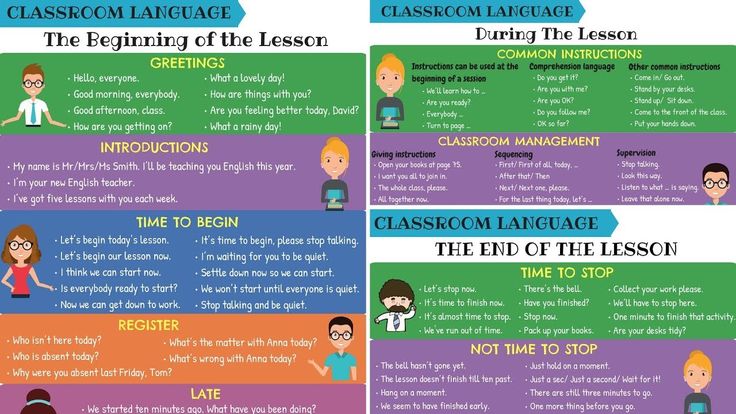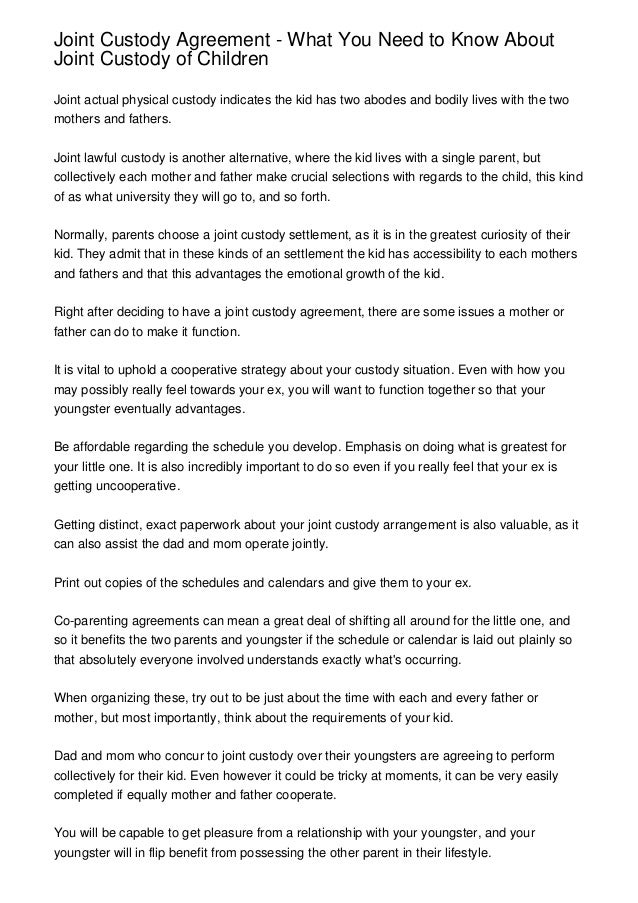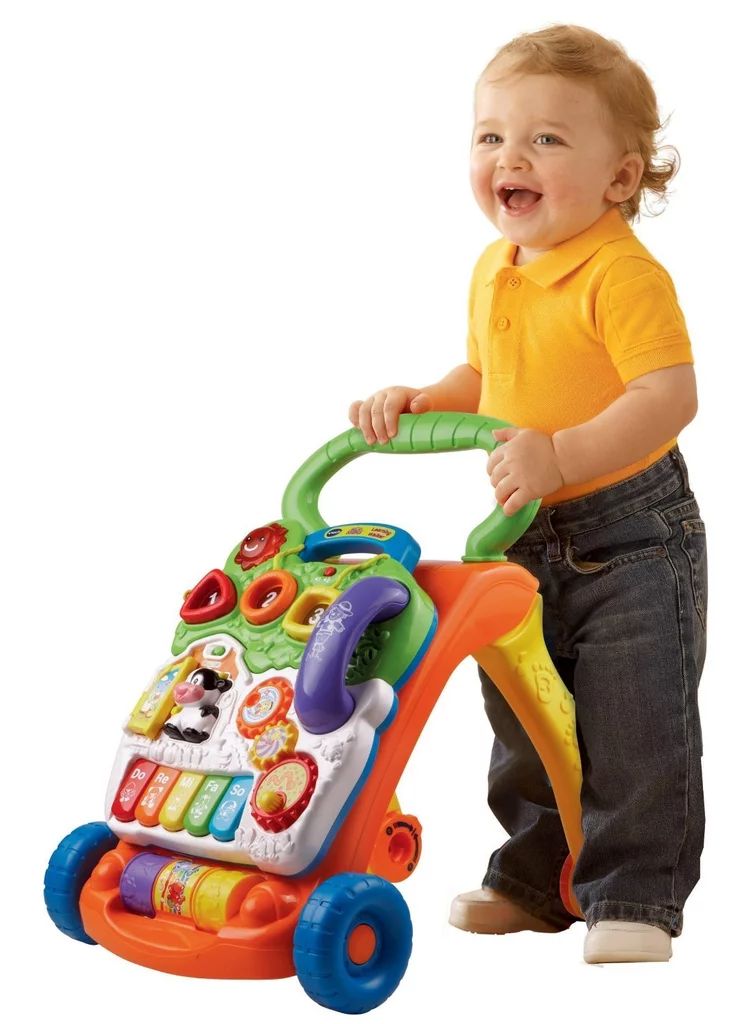How to help a blind child in the classroom
10 Practical Tips From the Experts
The average classroom is designed for fully sighted students. But according to the CDC, nearly 3 percent of children under the age of 18 are blind or visually impaired. Some of these children attend schools specifically for teaching blind students, but others enroll in their local public or private schools. As a teacher, you may wonder how to accommodate these students to give them the best chance to succeed. That’s why we’ve asked some experts to offer practical tips you can use every day.
What does it mean to be blind or visually impaired?
When you hear the term “blind,” you likely think of someone who has no vision at all. But that’s just one part of the visual spectrum. Here are some other terms you should know.
- Partially sighted: A person who is partially sighted has some vision in one or both eyes. This term is frequently used in educational settings.
- Low vision: This term describes a person with poor vision that cannot be fully corrected with glasses or contacts.
In some cases, the person can see things up close but not at a distance, or vice versa. Others have poor visual acuity across the entire spectrum.
- Legally blind: A legally blind person has vision that cannot be corrected to better than 20/200 in at least one eye. It also refers to those who have a field of sight of 20 degrees or less.
- Totally blind: One who is blind has total loss of sight.
Students may fall anywhere along this spectrum, so it’s important to know more about their specific level of impairment. They may have an IEP or 504 on file, so study it carefully to learn what you can do to help them do well in your classroom.
Source: USA Today
A Note About Language
The debate continues about “person-first” vs. “identify-first” language, and the correct terms to use to describe those who are differently abled. Some organizations and people prefer the terms “blind person” or “visually impaired person.” Others encourage the use of “person who is blind” or “person with visual impairment.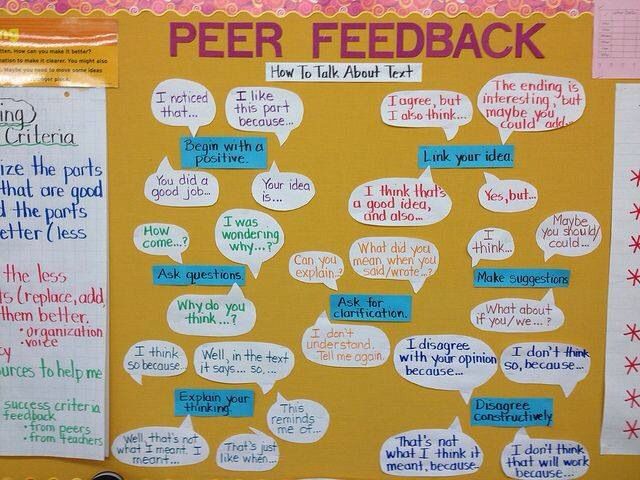 ” In this article, we’ve used both forms, since you’re likely to encounter them both in the real world. We recommend asking affected students in your classroom if they have a preference, and follow their lead.
” In this article, we’ve used both forms, since you’re likely to encounter them both in the real world. We recommend asking affected students in your classroom if they have a preference, and follow their lead.
Meet the Experts
Charlene Laferrera, MEd, is a Certified Teacher of the Visually Impaired (TVI). She’s spent 30+ years working in various school systems, including the Perkins School for the Blind, with students ranging in age from birth to 22 years of age.
ADVERTISEMENT
Magali Gueths, MEd, has been a Certified Orientation and Mobility Specialist (COMS) for 20+ years, working in various locations and school districts. Magali has a fully blind son, so she innately understands the needs of blind and visually impaired students.
10 Practical Tips for Teaching Blind or Visually Impaired Students
Source: Perkins School for the Blind
Charlene and Magali assembled this list of tips for teachers who work with students who are blind or visually impaired.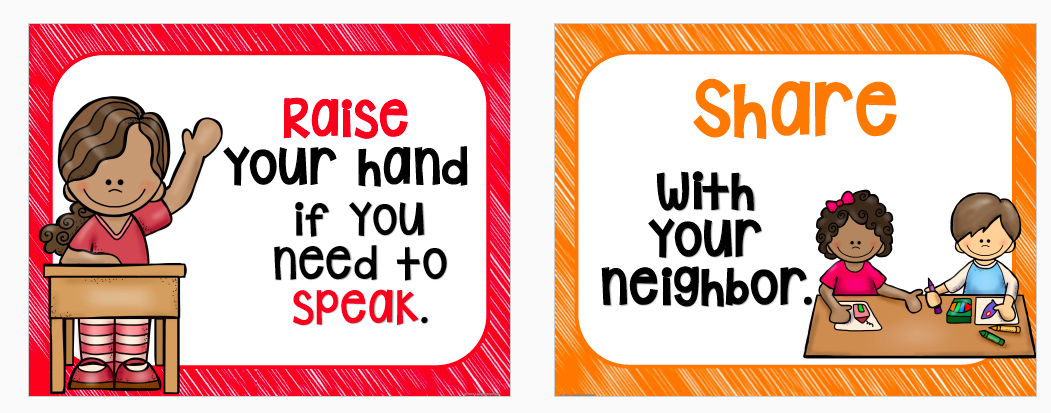 Overall, they stressed the importance of ensuring these students always have access to COMS or certified TVIs in their schools. They also offer these day-to-day actions for helping blind or visually impaired students succeed.
Overall, they stressed the importance of ensuring these students always have access to COMS or certified TVIs in their schools. They also offer these day-to-day actions for helping blind or visually impaired students succeed.
1. Always use names
Always use a visually impaired student’s first name when addressing them. This way they will know you are talking to them and not someone else. When passing them in hallways, instead of saying, “Hi,” have people announce their names, as blind or visually impaired students may not be able to recognize faces. For example: “Hi Sara, it’s Mrs. Murphy. How are you today?” Prompt fellow students to do the same because this fosters connection in the school community.
2. It’s OK to use words that reference sight
Don’t avoid words like “see” and “look.” Just like their sighted peers, these words should be part of a blind or visually impaired student’s vocabulary to connote how they see, whether by touch, bringing things close, or in normal conversation, like saying “see you later!”
3.
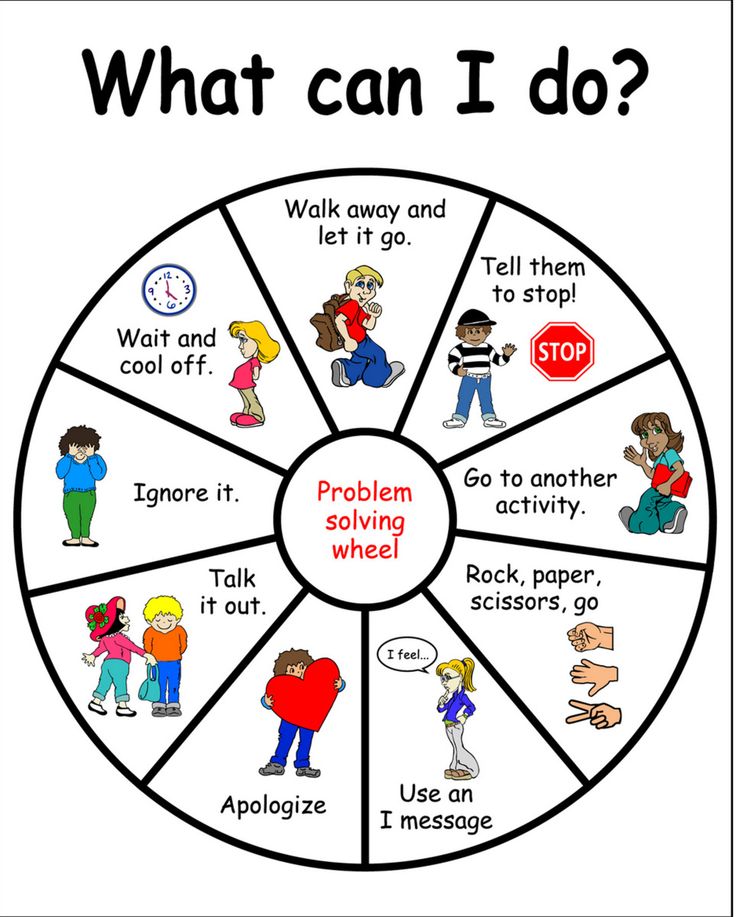 Don’t gesture, always verbalize
Don’t gesture, always verbalizeWhen writing on the board, always verbalize what you are writing so the student has access to that information and can follow along. Use positional and directional concepts like above/under, on top, behind/in front of, left/right, etc., and use descriptive sentences like “The ball is next to the door” instead of “The ball is over there.” Avoid words and phrases like “here,” “there,” “over here,” “over there,” and gestures that provide direction, e.g., pointing to a location without verbalizing what is being pointed to because visually impaired students cannot see that.
4. Avoid asking if a student can see something
Don’t ask a student, “Can you see this?” They often can see it, but that does not mean that they can access it or read it. Instead ask, “Can you find X?” or “Can you identify all the words and numbers without guessing?” or “Can you see some parts of the board better than others?”
5. Correct seating is crucial
Always favor the stronger side of the student’s vision due to visual field deficits.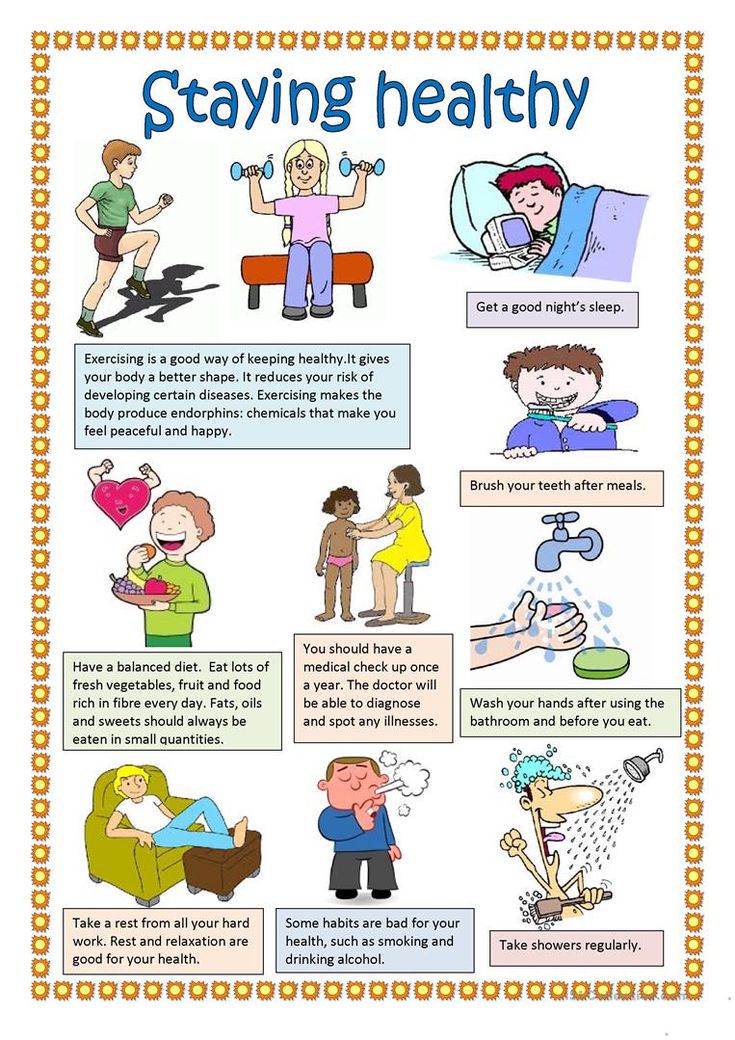 For example, if the student only uses his left eye, they would need to sit on the right side of the classroom away from the windows. Seating facing a light source (sun, windows) should ideally be at their back.
For example, if the student only uses his left eye, they would need to sit on the right side of the classroom away from the windows. Seating facing a light source (sun, windows) should ideally be at their back.
6. Contrast, contrast, contrast!
When teaching visually impaired or blind students, use contrast for everything. Think, “bold, big, and simple!” Use bright balls in contrast with the floor at the gym. Stairs should have at least the first and last steps taped with a contrasting color (typically yellow) at the edge of the step.
7. Follow the leader
When in line, direct their attention to the child in front of them using color of clothing or hair and have them model/follow what that child is doing (stopping, walking straight, turning, etc.), always moving slowly for safety.
8. Be a confident sighted guide
If you need to be a sighted guide for a preschooler, offer two fingers or your wrist for them to hold. You are not holding them unless it is for their safety. For older students, they hold just above your elbow with their dominant hand.
For older students, they hold just above your elbow with their dominant hand.
9. Safety first
Students need to understand the “rules of the road” and always use the right-hand side of hallways or the right railing. Use boundaries like cones in the gym, lines on the pavement to follow from school to the playground, etc. If there are changes to the classroom, walk the student through alone so they know where things are.
10. Examine your own beliefs
Be aware of your own acceptance and your beliefs surrounding what a student who is blind or visually impaired can do both in your classroom and as a professional. Your acceptance of a student who has a visual impairment will serve as an example to all the students in your class.
What practical tips do you have to offer those who are teaching visually impaired or blind students? Come share your thoughts and ask for advice in the WeAreTeachers HELPLINE group on Facebook.
Plus, How to Help Students Who are Deaf/Hard of Hearing Succeed in School.
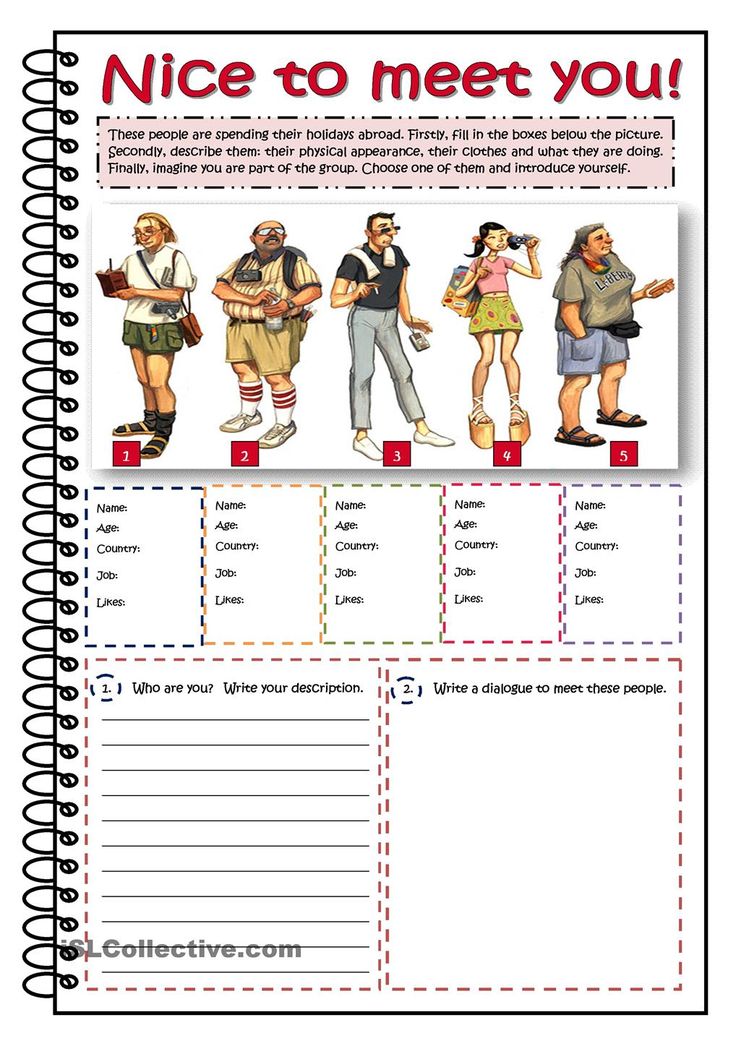
Strategies for Teaching Students Who Are Blind or Visually Impaired – Paths to Literacy
Literacy happens throughout the day in both formal and informal ways. Create a literacy rich environment where children can observe print, braille and other formats in use, participate in routines and functional tasks, and communicate with others to develop literacy skills at home, at school, and in the community.
Strategies to promote literacy for children with blindness or visual impairment:
- Provide a variety of hands-on, meaningful experiences. Children learn best through real-world experiences in which they can have a direct, first-hand understanding of something and not just a verbal explanation.
- Talk about these experiences with the child beforehand, as well as while the experience is happening, and afterwards when you get home or with other people. Use words to label objects, people, and experiences that are appropriate to the child’s developmental level.

- Offer many opportunities for the child to explore and interact with a wide range of materials and real objects. This helps to compare size, shape, texture and other attributes, while also helping the child to develop basic concepts and an understanding of same and different.
- Encourage daily purposeful, fun movement activities to build gross motor and fine motor abilities. These are necessary precursors for many life skills, including the tactile discrimination needed for functional use of object and tactile symbols or braille.
- Support the child to interact with others in safe and comfortable environments. Playful experiences and exposure to others with reciprocal give and take helps to build the foundation for communication and social development.
- Create a literacy-rich environment, in which the child is aware that others are reading and writing.
- Provide accessible labels in the environment on the child’s chair, table, cubby and any location where print labels are found.
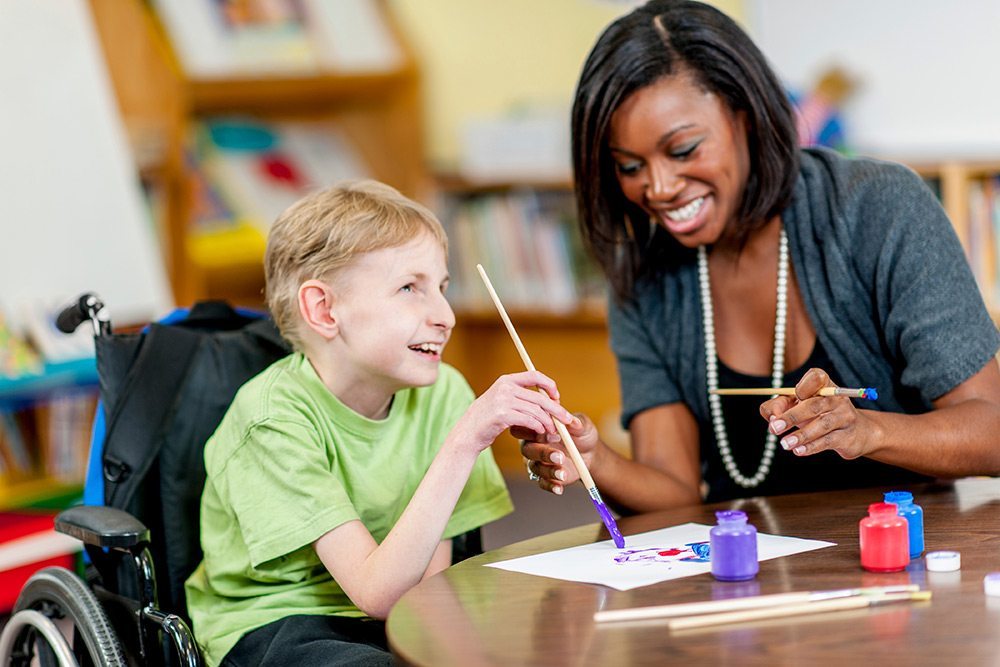 These should be in the child’s preferred format (large print, braille, objects, tactile symbols). At home, label rooms in the house, light switches, controls on appliances, and other places where print is found. See Creating a Braille-Rich Environment at Home.
These should be in the child’s preferred format (large print, braille, objects, tactile symbols). At home, label rooms in the house, light switches, controls on appliances, and other places where print is found. See Creating a Braille-Rich Environment at Home. - Read aloud using stories and books that are interesting and appropriate for the child. Use real objects and personal experiences to increase understanding. Link to story boxes
- Determine what medium is best for an individual child through the Learning Media Assessment (LMA). This may be braille, print, dual media, auditory strategies, objects, symbols, or some combination.
- Provide books and literacy tools in a format that is accessible to the child.
What Reading Methods Are Used with Students with Visual Impairments?
There are a variety of methods that students with visual impairments use to read. Often a single student will use different strategies in particular settings or for specific materials or content.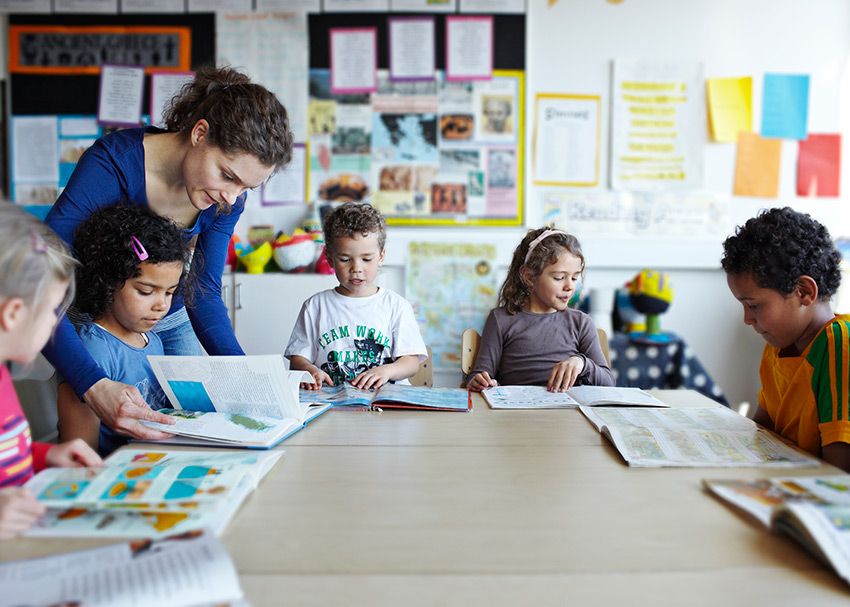 Just as an adult may use a computer for work, a smartphone for email, a pen or pencil for lists, and a book for leisure, individuals with visual impairments typically also use a range of devices and formats.
Just as an adult may use a computer for work, a smartphone for email, a pen or pencil for lists, and a book for leisure, individuals with visual impairments typically also use a range of devices and formats.
The first step in determining what approach will be the most effective for an individual student is a Learning Media Assessment (LMA). The LMA offers a framework for selecting appropriate literacy media for a student who is visually impaired. This includes braille, print, auditory strategies, dual media, auditory strategies, objects, and tactile symbols. It is important to update the LMA regularly as students learn and grow, to keep up with student development and literacy demands, as well as changes in technology.
Reading Strategies for Students with Visual Impairments
SET-BC (Special Education Technology British Columbia), a provincial resource program of the BC Ministry of Education, divides reading strategies for students with visual impairment into three main areas:
- Paper strategies, including print, magnification and braille;
- E-text strategies, including tracking, auditory support and refreshable braille;
- Auditory strategies, including readers and auditory books.

To learn more, see Reading Strategies for Students with Visual Impairments: A Classroom Teacher’s Guide.
It’s important to develop effective teaching strategies using evidence-based research. Research is on-going.
SHARE THIS ARTICLE
A blind child surrounded by sighted adults: how to communicate, accompany, help
The development of the education system at the present stage allows children with disabilities to study together with their peers without health restrictions 1. Recently, more and more blind children come to receive education to schools where their sighted peers study. Is the educational institution ready for the appearance of a special student within its walls? Are sighted adults prepared to interact with a visually impaired child? Can they create conditions for a blind child in which he can be as active in activities as his sighted peers? nine0003
For people who have visual experience of perceiving the environment, it is rather difficult to imagine how it is possible to perform actions without visual control, navigate in space and cognize the world around.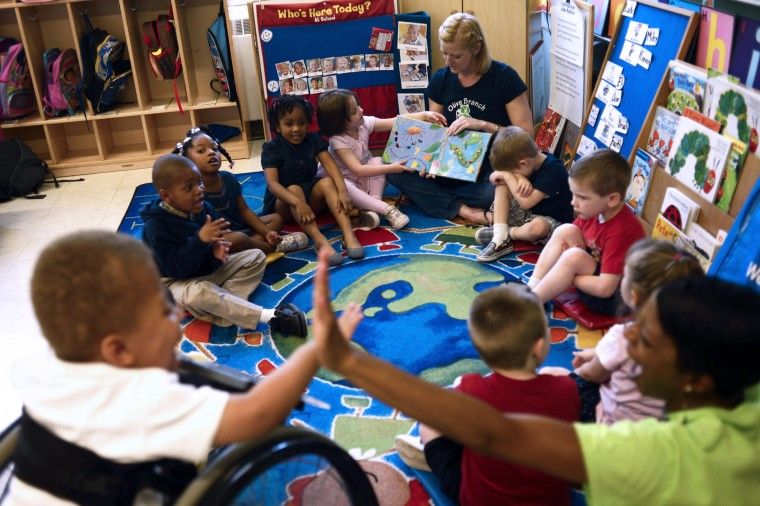 Therefore, most sighted adults have difficulty interacting with blind children.
Therefore, most sighted adults have difficulty interacting with blind children.
What should a sighted adult know and learn in order to help a blind child? Firstly, to communicate with a blind child and interact with him in a coordinated way, taking into account the peculiarities of his perception. Secondly, to learn ways of accompanying when moving in space and such methods of helping a blind student so as not to limit his independence by his actions. nine0003
There are some rules that will help an adult organize his behavior, taking into account the possibilities and characteristics of the perception of a blind child.
Contact with a blind child should be at a close distance face to face. It is desirable that the faces are on the same level - so it will be easier for the child to understand the direction of the adult's actions. This arrangement is analogous to the eye-to-eye view. Start the conversation by addressing the child by name. Make sure that the child understands your intention: he stands facing you, listens to you, does not turn away and does not move away. If he does not follow these rules, it is appropriate to remind him of them 2.
Talk to your child not too loudly, your speech should be expressive, clear, unhurried. Pause and pay attention to intonation. If you are talking to a child in the presence of one of the parents or an accompanying person, then you should not choose them as intermediaries, contact the student directly.
It is necessary to warn the child about your intentions or your approach. You can not silently approach a blind child, take him by the hand or touch him without warning. This can be done by accompanying your actions with a speech addressed to the child. He will focus not only on the meaning of the words, but also on the reflected sound, which will help him determine the direction of the adult’s movements, as well as the distance to him. nine0003
The child should be warned if someone approaches him: tell who is approaching and from which side, so that he can turn to face this person and be ready for communication.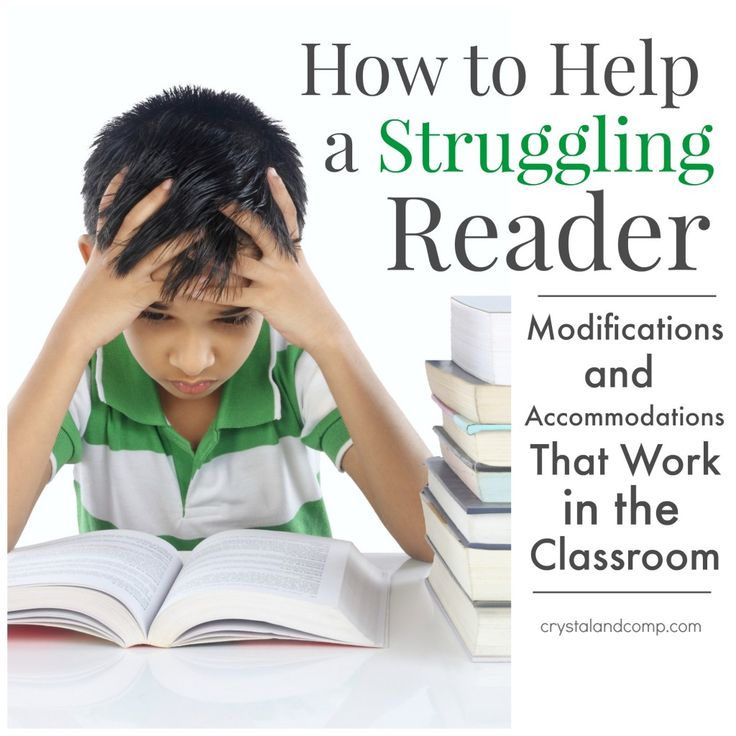
When meeting, an adult should be the first to greet the child, give his name. It is difficult for a blind student to remember the voices of a large number of people, so adults need to call themselves by name until the student begins to recognize specific people by their voices. In the event of a long break in communication, the child may forget the voice of an adult, and therefore it is appropriate to recall his name. People who constantly communicate with the child, whose voices are familiar to him, may not call themselves by name 3.
When communicating with a blind child, you should regularly use words and expressions based on visual impressions, explaining their meaning with available comparisons. Even if the child does not have color perception, he can imagine the color based on his sensory experience. For example, blue may be associated with cold water. It is also necessary to explain to a blind child the meaning of expressive gestures that accompany the speech of sighted people.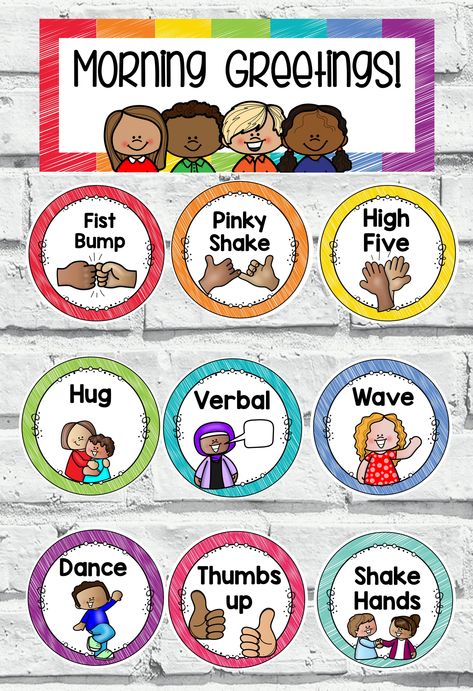 This can be done in words, but if possible, it is better to show the reception of joint actions. For example, say: “Your classmate Sasha nods his head in agreement with your opinion” , or show how to accompany the colloquial phrase “How great it turned out! Here!" (with the hand clenched into a fist with the thumb up) 4.
This can be done in words, but if possible, it is better to show the reception of joint actions. For example, say: “Your classmate Sasha nods his head in agreement with your opinion” , or show how to accompany the colloquial phrase “How great it turned out! Here!" (with the hand clenched into a fist with the thumb up) 4.
When communicating with a blind child, it is necessary to use commonly used words related to the process of visual perception: look, look, look, I see . When examining an object, one should say: look; examine; consider what it is; find out what it is .
To recognize the people around him, a blind child can use not only hearing, but also smell, he can smell the smells characteristic of each person. If an adult regularly uses, for example, the same soap or perfume, their smell can become his identification mark. A blind child will remember faster and later it will be easier to recognize this adult by a characteristic aroma.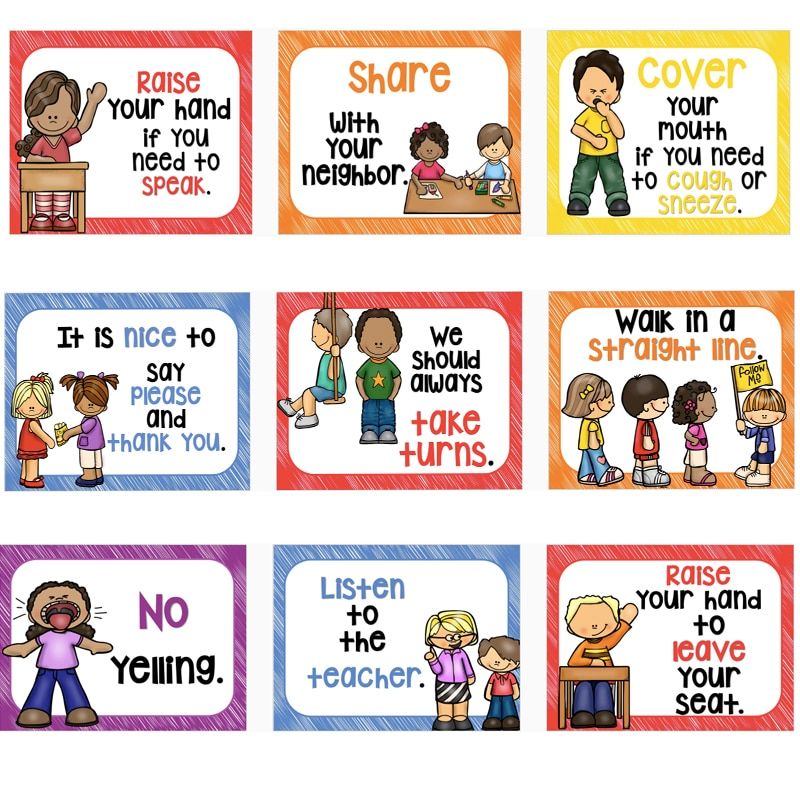 It is important to draw the child's attention to smells, especially when meeting, explaining their origin (My hands smell like watermelon-scented soap) . This is not entirely appropriate when communicating with blind adults, but children need this information. 5.
It is important to draw the child's attention to smells, especially when meeting, explaining their origin (My hands smell like watermelon-scented soap) . This is not entirely appropriate when communicating with blind adults, but children need this information. 5.
If there is residual vision, a blind child will be able to locate an adult or follow his movements if the adult is wearing bright clothes or has a wardrobe item (for example, a scarf , shawl, scarf), contrasting with the surrounding space 6.
It is necessary to tell a blind child what is happening around with other people, to explain the origin of the sounds that interested him. A specific image of an object or action can be associated with each sound in a blind child. It is necessary to describe the environment accurately, concisely, based on those sensations that are accessible and understandable to a blind child. However, one should not constantly comment on what is happening, it is important to dose the amount of information transmitted to the child, choosing only the most significant, taking into account his need for it and the ability to understand it.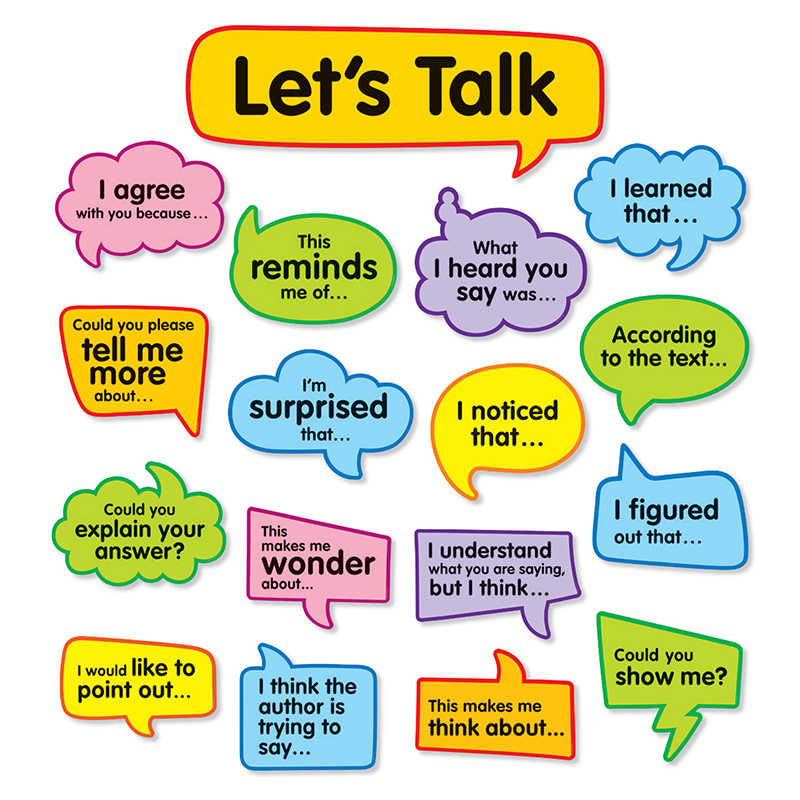 The words of an adult should not "noise" the natural sounds that accompany the action. It is necessary to let the child hear them, having previously warned: “Push the table away from the window... (pause in speech, sound of movement). Now you can go to the window. The table is to the right of the window, in the corner of the room" .
The words of an adult should not "noise" the natural sounds that accompany the action. It is necessary to let the child hear them, having previously warned: “Push the table away from the window... (pause in speech, sound of movement). Now you can go to the window. The table is to the right of the window, in the corner of the room" .
It is extremely important to tell a blind student about the appearance of others, especially classmates, noting interesting details when she passes by) . With the permission of classmates and observing ethical standards, a blind child, if desired, can touch the marked details. If it is not possible to touch, then it is necessary to tactfully describe the appearance and clothes of the person to whom the blind student showed interest. When describing, one should name the colors and their shades, the quality and properties of the material (flowing, shiny, glossy, etc.) .
It is necessary to give a blind student the opportunity to touch everything that surrounds him, if the objects do not carry a potential danger.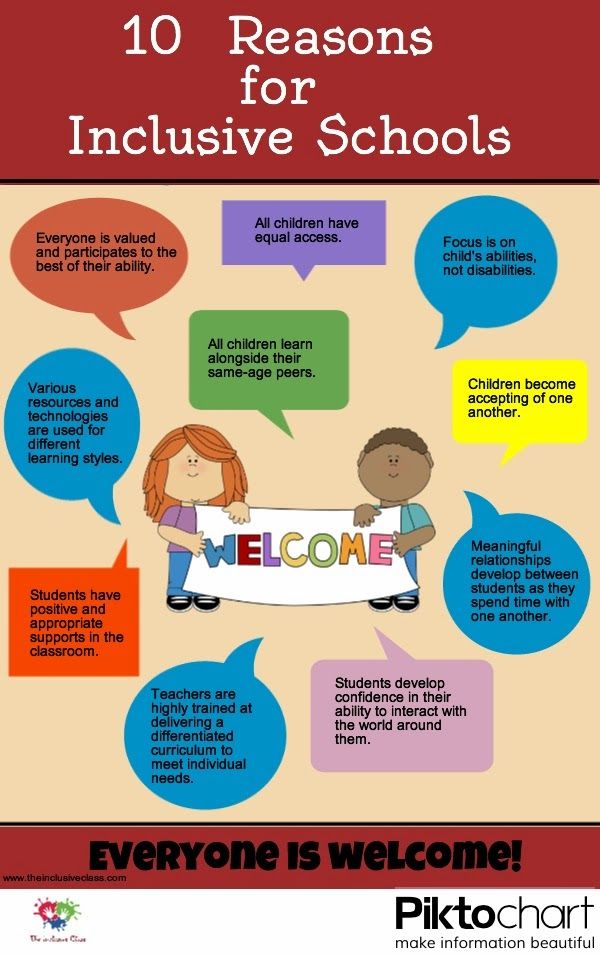 For him, the information that he receives from touching the object with his hands or other parts of the body is very important. Through tactile sensations during touching, through actions to examine an object, a blind child receives more information than when an adult describes an object or an action with it in words. Touching, touching, picking up - this is the same for the blind as looking at it for the sighted. At the same time, it is important to accurately and specifically name an object or part of it at the moment the child’s hand touches it. nine0003
For him, the information that he receives from touching the object with his hands or other parts of the body is very important. Through tactile sensations during touching, through actions to examine an object, a blind child receives more information than when an adult describes an object or an action with it in words. Touching, touching, picking up - this is the same for the blind as looking at it for the sighted. At the same time, it is important to accurately and specifically name an object or part of it at the moment the child’s hand touches it. nine0003
If an object is placed on the desk, it is necessary to accurately indicate its location using the coordinate system "from the child" (in the upper right corner, in the middle, etc.) . The accuracy of indicating the position of the object is necessary so that when making search movements, the blind child does not brush this object to the floor, but confidently picks it up. If any object was given to a blind child in the hands, then it must be warned where this object can be put or to whom it should be returned.
When a blind child masters or performs any action, he focuses on a clear sequence of movements that must be maintained 7. During the performance of joint actions, an adult should not fuss and rush. To perform actions, a blind child needs two, and sometimes four times more time than a sighted one. He must be warned in advance about the upcoming case (In a few minutes, as soon as we put the books on the shelf, we will change clothes for physical education) , allocate more time for this, start preparing in advance.
Often a blind child needs the help of an adult to move around. When accompanying a blind child, you should not pull him along, holding him by the hand, or holding him from behind, and you should not push him in front of you. It is important to remember that he is the same active participant in the process as an adult, and not an object moved in space. It is quite difficult to move correctly together, not only a child, but also an adult needs to learn this 8.
Warn a blind student that you are ready to accompany him. An “invitation” to move can be a verbal appeal and a touch with the back of the hand to the child’s hand (to the hand, elbow, shoulder), so the adult gives a signal that he can be taken by the hand and start moving. The attendant must be on the right, i.e. on the side where the movement usually encounters more obstacles. Let the child himself hold the adult’s arm straightened at the elbow and lowered and walk beside him, half a step behind. It is necessary to inform the child in advance about obstacles or changes in the terrain (descents, curbs, steps, entrances and exits from the premises, narrow spaces), slowing down the step can serve as a warning. Turns, change of direction are carried out at a right angle - strictly to the left or strictly to the right, since moving along an arc makes it difficult to orient in space. Avoid abrupt movements and sudden stops. It is necessary to climb and descend the stairs strictly perpendicularly, and also to overcome any obstacle perpendicularly, for example, a curb 9.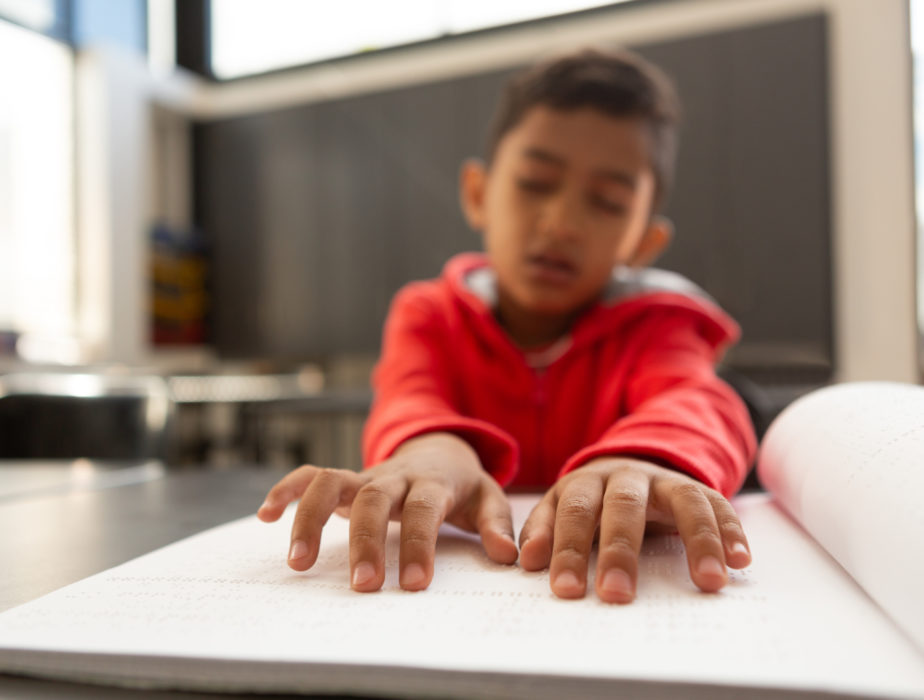
If it is necessary to move away from the child for a short while, even if he remains in your field of vision, you should warn of the intention and leave him next to some object that is understandable or familiar to him: a bench, a lantern, a handrail, etc. You can not leave a blind child without a guide.
It is necessary in any situation to support the independence and activity of a blind child. You can not do for the child what he himself knows and can do. For example, at the end of the lesson, the student must independently remove all used educational supplies to their designated places and make sure of this. But at the same time, in case of difficulties, one should help and show reasonable care. nine0003
In order for a blind child to be active and independent, to feel safe in the classroom, the following rules should be followed.
In the rooms where a blind child is, it is important to establish a special kind of order: every thing, piece of furniture should always be in certain places where they can be easily found.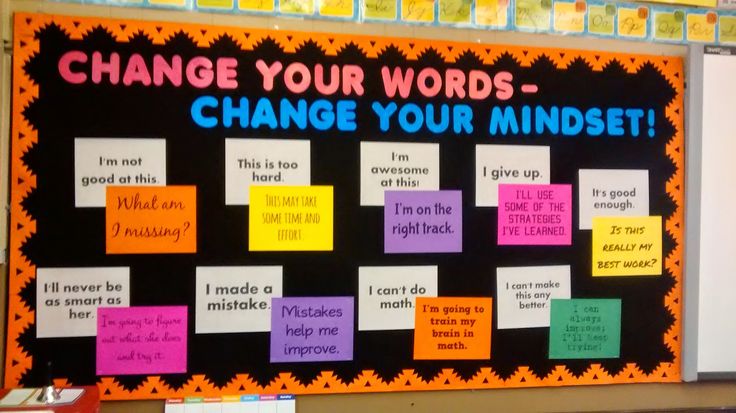 Storage areas should be accessible and the blind student should be familiar with the route from their desk and back to the storage area. Each thing after the action with it must be returned to its place. nine0003
Storage areas should be accessible and the blind student should be familiar with the route from their desk and back to the storage area. Each thing after the action with it must be returned to its place. nine0003
A blind child must know the location of not only his desk, but also those objects that he may not use (the teacher's table, a shelf with manuals, blackboards, etc.). Acquaintance with the content of the classroom makes it possible to imagine the volume of the room, the relative position of objects, and “draw” a class plan. Regular movement around the classroom will allow a blind student to draw up a plan of the room in which the pieces of furniture will be landmarks. Therefore, it is undesirable to rearrange the furniture in the classroom. In case of any changes, the blind student should be warned about this and the room should be re-examined. nine0003
A blind child needs help exploring new spaces. The examination of the premises should not take place spontaneously, but in a certain sequence, from a specific “reference point”, which may be the door of the premises. To get an idea of the room, a blind child needs to know its size (volume), configuration (perimeter), internal content with objects (furniture, equipment, windows, doors, columns). The route of inspection of the perimeter of the premises can be carried out both clockwise and counterclockwise. It is important to give the child the opportunity to explore the room, not only relying on the touch of the hands on the walls or pieces of furniture, but also to draw his attention to the flooring (parquet, tile, carpet). It is important to show a blind child the boundaries of different floor coverings and explain what this zoning is connected with: "We switched to the carpet, you can sit on the carpet - this is a place to relax", "Parquet zone - there are desks and a teacher's table on the parquet floor." It is possible to give information to a blind child about the volume of a room using reflected sound. To do this, you can use two methods. The first way: standing next to the child, pronounce the vowel loudly in the context of natural speech: “OOO! What a big hall! Empty!" .
 By the reflection of the sound “O” pronounced in the words, one can approximately estimate the volume of the room. The second method is more accurate, it is associated with the use of a combination of movement and reflected sound. The adult goes to the opposite end of the room, having warned the child standing at the entrance, and then, commenting on his actions, begins to move towards the child and approaches him. The duration of the adult approach process will give an initial idea of the size of the room. A blind child can perform such an action himself: the longer he walks towards the adult talking to him, the larger the size of the room 10.
By the reflection of the sound “O” pronounced in the words, one can approximately estimate the volume of the room. The second method is more accurate, it is associated with the use of a combination of movement and reflected sound. The adult goes to the opposite end of the room, having warned the child standing at the entrance, and then, commenting on his actions, begins to move towards the child and approaches him. The duration of the adult approach process will give an initial idea of the size of the room. A blind child can perform such an action himself: the longer he walks towards the adult talking to him, the larger the size of the room 10.
No objects should interfere with the free movement of a blind child in the classroom. It is necessary to teach classmates not to leave backpacks or other things in the aisles and under desks.
In rooms used by a blind child, the doors must not be left half open. To avoid injury to a blind child, doors must be either wide open or fully closed.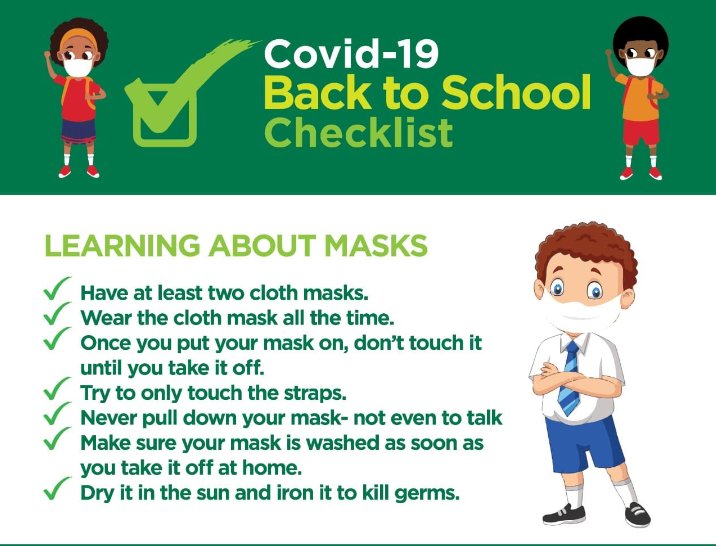
The room should be free of loose furniture and portable, temporary, rickety structures that a blind child can touch when moving independently. nine0003
It is necessary to regularly create situations in which the child could exercise independence. A blind student can move around the classroom without the help of a teacher in order to complete a feasible task, for example, take a manual from the hands of a teacher who is standing next to his desk, or go to the door and open it. The regularity of such actions helps a blind child to navigate more freely in the room, to be more mobile.
It is necessary to provide the child with the opportunity to make decisions in everyday life independently. For example, in case of “malfunctions” in the appearance of a blind schoolchild, one should not rush to help him immediately. In case of difficulty, you can either offer the child ways to solve the problem, or ask permission to help and only after his consent to eliminate negligence. nine0003
According to L.S. Vygotsky, in matters of organizing the life of the blind, the primary task is “the task is not so much to educate the blind, but to re-educate the sighted” comfortable and confident, could be as active and independent as possible.
How to help a blind child - socialization of the blind and visually impaired. nine0001
Home Information for parents How to help a blind child – socialization of the blind and visually impaired.
Blind and visually impaired
Vision is one of the most important human sensory systems, providing 85-90% of all information about the surrounding world. The visual image forms not only perception, but also thinking in general. The concept of the blind today is considered from the point of view of the leading system of analyzers. The blind include two categories of children: those with light perception and visual acuity "0" and those with residual visual acuity with visual acuity up to "0.04" inclusive in the better seeing eye.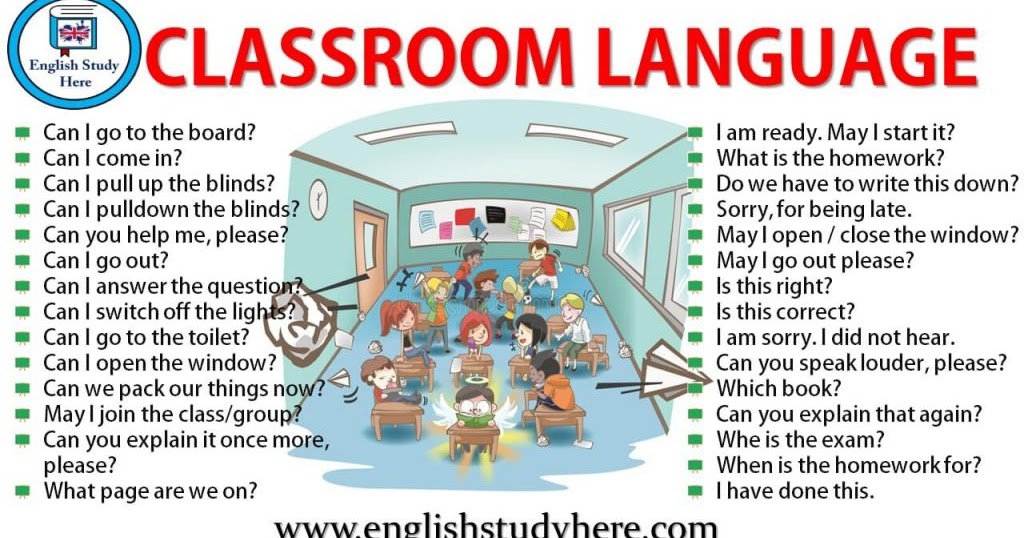 nine0003
nine0003
Recent studies by scientists around the world prove that the criterion for separating children with visual impairments requires the inclusion of the psychological characteristics of the child, which form the process of forming visual images. Therefore, today the division is as follows: blind - blind, and low vision - persons with impaired vision who use residual vision in the process of learning and life. In tiflopsychology, these two multidirectional processes have a deeper differentiation:
totally blind;
blind with light perception;
blind person with residual vision;
deeply visually impaired;
Visually impaired.
Recent studies in Russian special schools show that now the number of children with residual vision has significantly increased (up to 90%), only 3-4% of children have total blindness, the blind with light perception make up 7%, the visually impaired with a visual capacity of more than “0.06 " - 10%. The number of complex visual diseases in modern children is also increasing.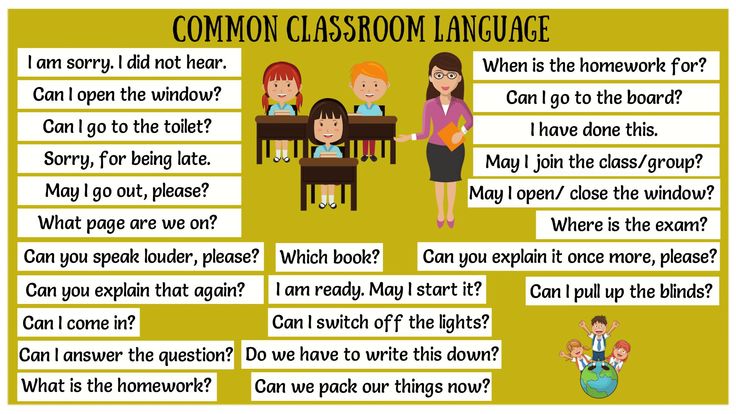 Most schoolchildren have two or three different eye diseases at once. Only 22% of children have visual impairment, most often eye pathologies are accompanied by concomitant diseases of the central nervous system: mental retardation, cerebral palsy, oligophrenia in the form of debility, speech impairment, hydrocephalus, encephalopathy, etc.
Most schoolchildren have two or three different eye diseases at once. Only 22% of children have visual impairment, most often eye pathologies are accompanied by concomitant diseases of the central nervous system: mental retardation, cerebral palsy, oligophrenia in the form of debility, speech impairment, hydrocephalus, encephalopathy, etc.
Causes of blindness and low vision
The formation of the fetal eye begins in early pregnancy at the same time that the central nervous system is being formed. Therefore, the causes of blindness are closely related to impaired brain activity in the first week of pregnancy. Violation of brain activity can occur both for external and for internal reasons. These are viral diseases that the mother suffered: rubella, toxoplasmosis, physical and chemical effects on the mother's body, as well as environmental factors. 88% blind and 92% of visually impaired children have congenital vision pathologies. 30% of them have a hereditary history: pathology of the vascular membrane - aniridia, diseases of the cornea
- dystrophy of the cornea, hereditary coloboma of the choroid, cataract, Stargardt degeneration, pathology of the retina, congenital atrophy.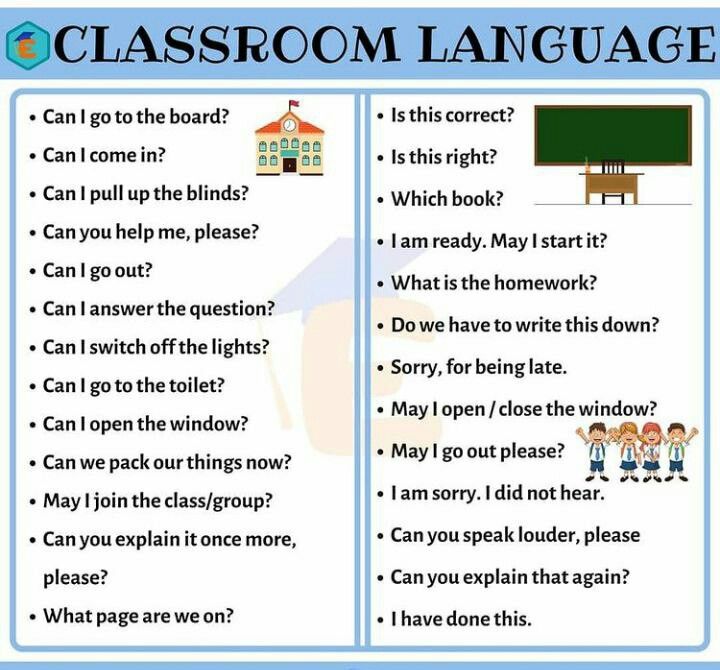
In recent years, scientists have shown that vision problems in infants are also associated with prematurity. Since, with the nervous system formed by three months in a premature baby (up to 28 weeks of pregnancy), the process of maturation of the pathways and the formation of nerve fibers has not yet been completed. The process of transmission of nerve impulses is disturbed, which leads to the underdevelopment of the functions of some organs. The cells of the germinal matrix (appear at 28-30 weeks), which contribute to the development of the nerve fibers of the retina, have not yet been isolated in a premature baby, so a gross visual impairment occurs. nine0003
In practice, there are two groups of children with vision pathology: born blind and blind. Babies with congenital total blindness and blinded up to three years due to various etiological and environmental reasons do not have any visual representations. In children who are blind up to the age of 3, visual images are not stored in memory, which significantly hinders the development of the psyche.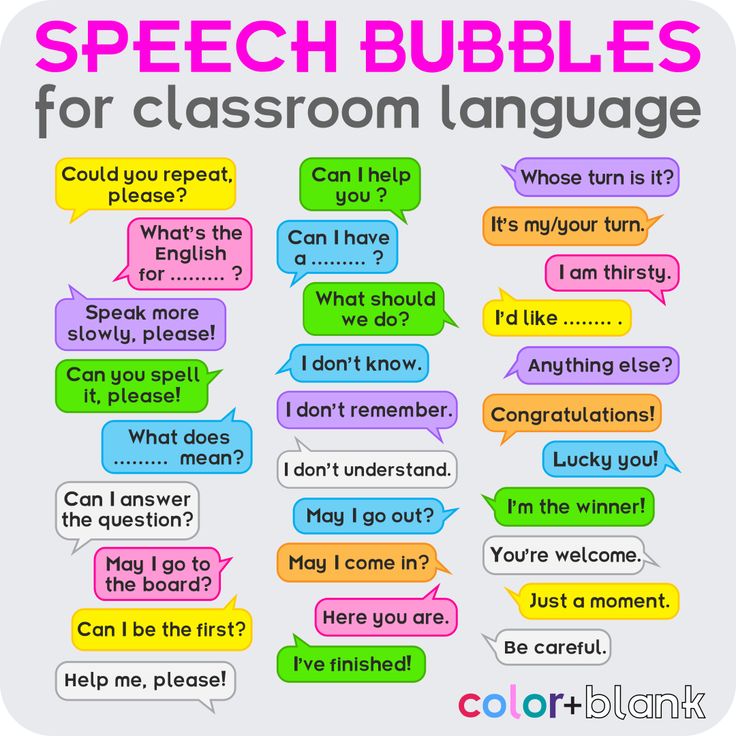
Symptoms of blindness in an infant
In a child with congenital blindness up to 2-3 months, the same vital reactions are observed as in a sighted infant, to the processes of feeding, turning over, the speech of loved ones, the smell of milk, fixing the body in the feeding position. In response to all these stimuli, both the blind and the sighted child develop sucking movements, so it is difficult to determine the presence of blindness at this age. nine0003
Some signs of blindness can be noticed only at 2-3 months. While a normally seeing child develops visual fixation of gaze on an object, eye tracking of an object or mother's face, these reactions are absent in a blind child. A blind person develops to a greater extent such sensory functions as auditory differentiation of speech and non-speech sounds. Sound is a kind of conductor between an object and its action, therefore, for a blind person, the tactile perception of objects is also important. By four or five months, the motor sphere is formed, manipulations with objects develop:
grasping the toy, holding it in the hand, releasing it. In a child with visual impairment, this process is inhibited due to the lack of visual images, coordination of hand movements, fine motor skills of fingers begin to lag behind in development. Therefore, it is very important to give such a child toys in his hands so that by touch he forms a sensory representation of it.
In a child with visual impairment, this process is inhibited due to the lack of visual images, coordination of hand movements, fine motor skills of fingers begin to lag behind in development. Therefore, it is very important to give such a child toys in his hands so that by touch he forms a sensory representation of it.
The formation of subtle auditory perception contributes to the development of speech activity. But a blind child has a lack of voice activity. The voice is weak, quiet, unmodulated, there is no cooing or autoecholalia is observed in the cooing. The child does not clearly pronounce vowel sounds: [o], [and], [s], often flinches, babble or is absent, or develops disproportionately, there is a weakness in biting and chewing, but the understanding of addressed speech is good, therefore expressive speech is normal. nine0003
A child with impaired vision develops a special psychological system, unlike any other pathological system. Mental processes are at different stages of formation and development due to the compensatory capabilities of the body.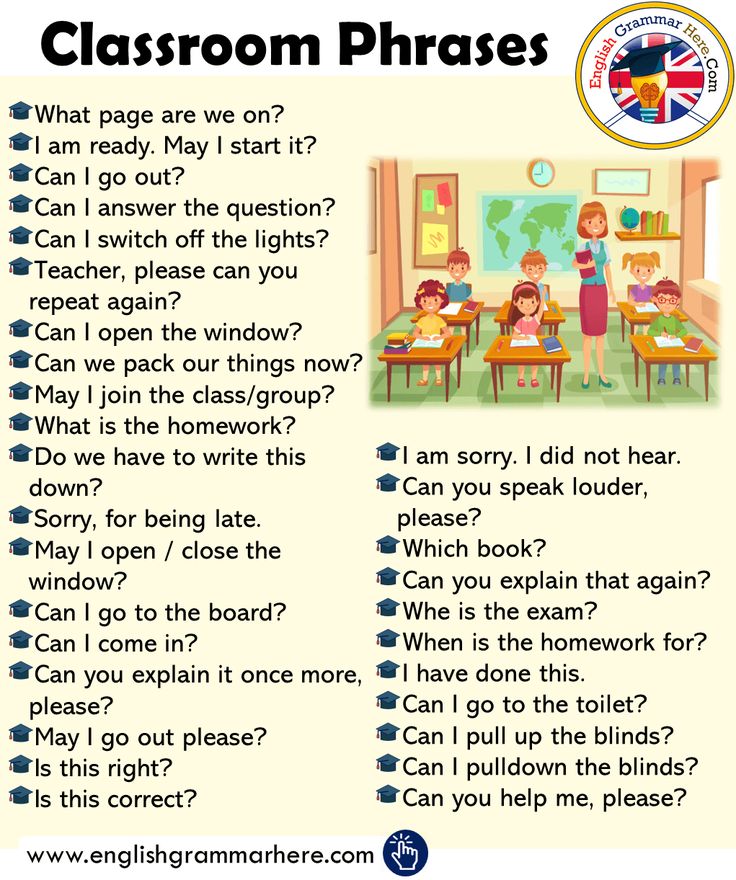 Interfunctional relationships also develop in a special way. The auditory system becomes the leading sensory system, followed by the tactile-motor system. Deviations occur in all types of cognitive activity, even in those where, it would seem, vision is not required, as the quantity and quality of the information received decreases. The possibility of forming imagination, memory, orientation in space, functions of activity planning, intellectual and emotional sphere is limited. Changes are also observed in physical development, the gait becomes specific, the accuracy and intensity of movements suffer. Children with vision pathology differ in the way they learn and control the world around them, mainly touch and auditory differentiation. Most of these children develop secondary deviations in mental development associated with interaction and verbal communication with other people. Words are not sufficiently filled with living images, and concepts are not filled with concrete content. nine0003
Interfunctional relationships also develop in a special way. The auditory system becomes the leading sensory system, followed by the tactile-motor system. Deviations occur in all types of cognitive activity, even in those where, it would seem, vision is not required, as the quantity and quality of the information received decreases. The possibility of forming imagination, memory, orientation in space, functions of activity planning, intellectual and emotional sphere is limited. Changes are also observed in physical development, the gait becomes specific, the accuracy and intensity of movements suffer. Children with vision pathology differ in the way they learn and control the world around them, mainly touch and auditory differentiation. Most of these children develop secondary deviations in mental development associated with interaction and verbal communication with other people. Words are not sufficiently filled with living images, and concepts are not filled with concrete content. nine0003
How to help a blind child?
It is clear that in a situation of total blindness or low vision, the help of a tiflopedagogue is extremely necessary, but parents play an important role in the early stages of development.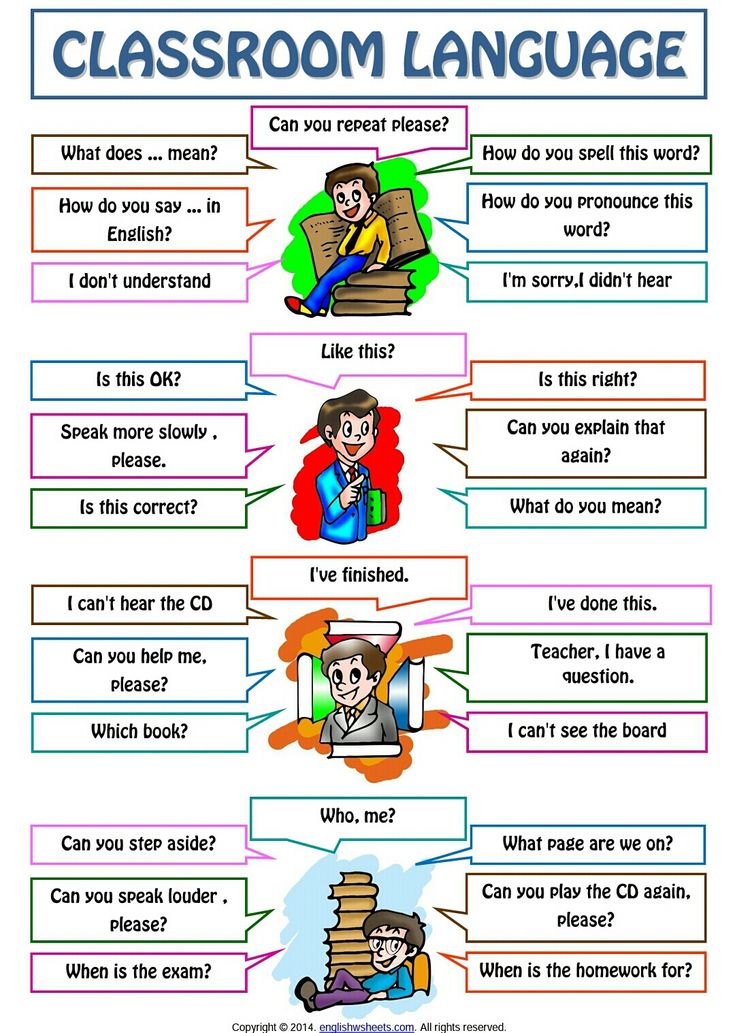 A blind child perceives the world through other sensory channels, so it is very important to surround him with warmth, affection and attention from infancy. The processes of mental development occur in the type of activity that is leading for the child at a particular age. The leading activity in infancy is communication with an adult, which creates a favorable field for the development of sensory representations. In this case, at the age of up to 6 months, it is necessary to create conditions for the development of the tactile-motor and emotional-auditory spheres. It is important to expand the range of stimuli signaling a particular action: getting ready for bed, bathing, feeding, getting ready for a walk. nine0003
A blind child perceives the world through other sensory channels, so it is very important to surround him with warmth, affection and attention from infancy. The processes of mental development occur in the type of activity that is leading for the child at a particular age. The leading activity in infancy is communication with an adult, which creates a favorable field for the development of sensory representations. In this case, at the age of up to 6 months, it is necessary to create conditions for the development of the tactile-motor and emotional-auditory spheres. It is important to expand the range of stimuli signaling a particular action: getting ready for bed, bathing, feeding, getting ready for a walk. nine0003
Emotional education is necessary for any child; other components of the child's mental development will be formed on its basis. A blind baby needs three times more expression of emotions, so you need not only to touch his body with your lips, pick him up, but constantly carry around the house in a special kangaroo bag. Thus, the child has the opportunity to feel the movements of the mother's body, fix turns, inclinations and form a minimal idea of orientation in space. It is impossible to isolate a blind child from society; experience shows that then a special type of people is formed. nine0003
Thus, the child has the opportunity to feel the movements of the mother's body, fix turns, inclinations and form a minimal idea of orientation in space. It is impossible to isolate a blind child from society; experience shows that then a special type of people is formed. nine0003
Stages of correctional work
At one and a half to two years old, a visually impaired child begins to use speech as a way of communicating with an adult, so it is very important for a poet to pronounce every action and phenomenon of the surrounding world, and also to let the child touch an object in order to understand its properties. Objective activity becomes the leading one in a blind and visually impaired child. Therefore, the formation of spatial representations and learning to read and write in children with visual impairment takes place in several stages:
1st stage. Formation of ideas about one's own body, orientation in body parts: top-bottom, right-left, front-back.
2nd stage.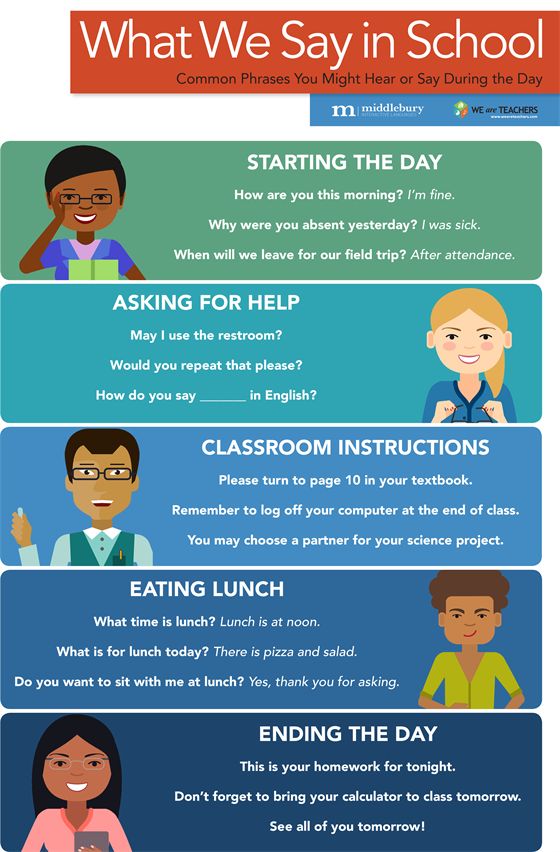 Preparing the fingertips for accurate perception of objects and their contours. To do this,
Preparing the fingertips for accurate perception of objects and their contours. To do this,
the child is actively massaged and kneaded the fingertips for a long time.
3rd stage. Formation of ideas about the volumetric properties of the object. A child sculpts
the named objects from plasticine, dough, clay hand in hand with an adult who
pronounces each action, names objects, their parts, qualities,
location in relation to the child.
4th stage. Recognition of bas-reliefs. This is already an independent work, the child learns by
a convex image on a sheet to recognize those objects that he previously sculpted, fixing and expanding vocabulary
.
5th stage. Recognition of relief-graphic drawings.
the same images are presented at all stages. In parallel, relief-graphic drawing on rubber is introduced, hand in hand with an adult. They drew, squeezed out in rubber, ran the fingers of the child's hands and studied the drawing with pronunciation. Perception goes through the sensations of hand movements, which form an image. nine0003
Perception goes through the sensations of hand movements, which form an image. nine0003
6th stage. Improving ideas about the schematic representation of objects on a flat
graphic drawing, in parallel, literacy is taught using the Braille method.
7th stage. The development of orientation in the microspace "away from oneself", various
landmarks are distinguished: sound, light, tactile, color, motor sensations.
8th stage. Formation of skills to create the simplest models of spatial relationships
between objects and their substitutes, toys, design, modeling. nine0003
9th stage. Teaching orientation in space according to the plan, the ability to correlate the location of real objects in
space with the scheme.
10th stage. The work ends with the development of the ability to independently draw up diagrams
of the surrounding space, as well as the improvement and active use of
written speech in Braille.
To master the skill of orientation in space, the visually impaired are taught to play various games, one of which is tennis.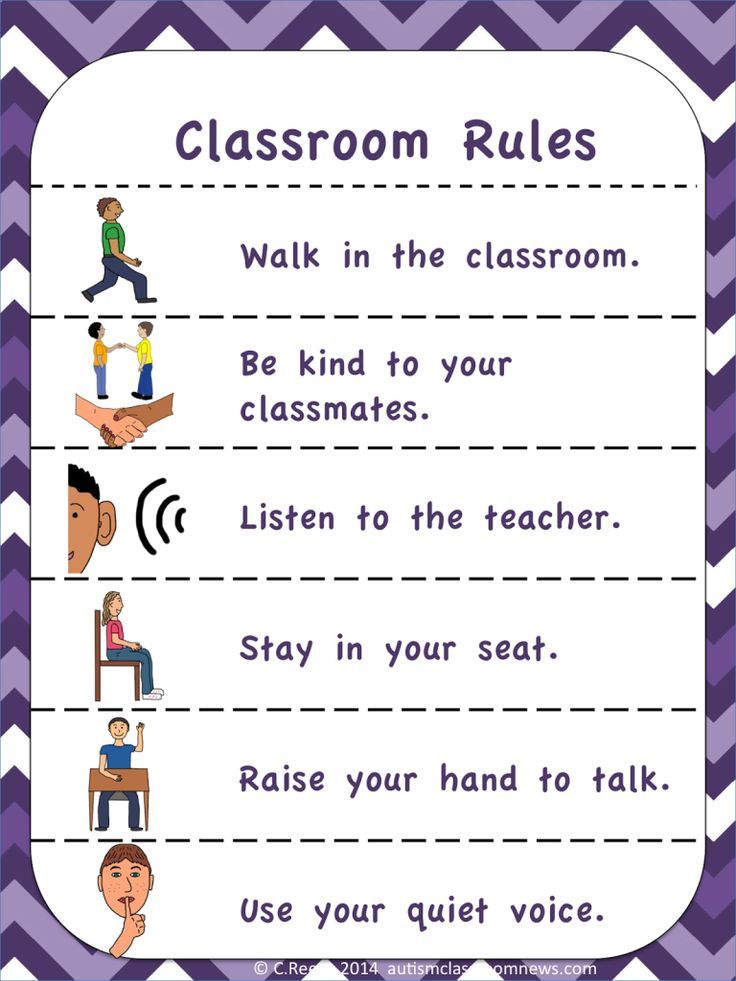 So through the movement and noise of a flying ball, they learn to perceive the environment. Physical development is the basis for teaching the blind and visually impaired, therefore, it is imperative to carry out exercise therapy, which includes tasks for the development of the muscles of the arms, shoulders, neck, legs, torso. These exercises help to experience a variety of muscle loads through imitation of an adult, to hold attention to one's feelings, and teach to distinguish and compare them. nine0003
So through the movement and noise of a flying ball, they learn to perceive the environment. Physical development is the basis for teaching the blind and visually impaired, therefore, it is imperative to carry out exercise therapy, which includes tasks for the development of the muscles of the arms, shoulders, neck, legs, torso. These exercises help to experience a variety of muscle loads through imitation of an adult, to hold attention to one's feelings, and teach to distinguish and compare them. nine0003
Theatricalization is used to develop the expressiveness of movements. Since the blind have a fairly well developed speech, they easily understand each other. The game-dramatization makes it possible to establish a connection between the standards of non-verbal means of communication and one's own behavior. Theatricalization allows visually impaired children to move away from their usual stereotypical movements, facial expressions, gestures and perceive the world through an artistic image.